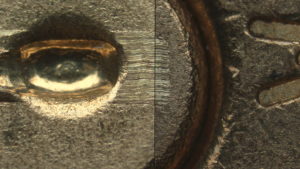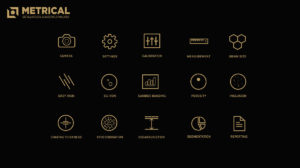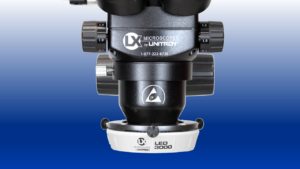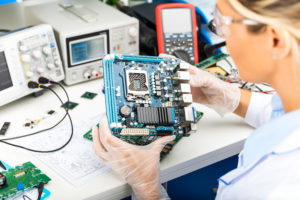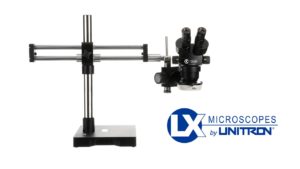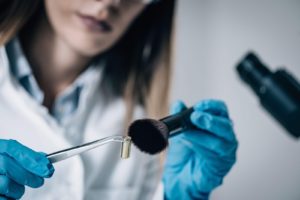UNITRON Ltd. Responds to the COVID-19 Situation. Read more here...

Blog
Ensuring Flawless Conformal Coating Inspection with the LX Microscopes by UNITRON 15859-B LED Ring Light
The LX Microscopes by UNITRON 15859-B LED Ring Light is a powerful tool designed to streamline the inspection of conformal coatings in the electronics industry. This dual LED ring light...
Read MoreA Review of Forensic Microscopes
Microscopes are widely use in forensic science. Learn about the most common and iconic types of microscopes in use today.
Read MoreMETRICAL Overview
METRICAL is UNITRON's modular quantitative image analysis software that is designed specifically for metallurgical and materials science research and quality applications. Click below to watch this brief overview of the...
Read More5 Reasons Why the LED-3000 is at the Top of the Ring Light List
Proper illumination of a sample is nearly as important as magnification and optics when using a stereo microscope. Production, assembly, rework, inspection and quality control environments demand a ring light...
Read MoreUnderstanding the Importance of ESD in Electronics Manufacturing
Ho do you prevent ESD in electronics manufacturing? Common questions are answered.
Read MoreWhy LX Microscopes by UNITRON?
Previously known as LUXO Microscopes by UNITRON, LX Microscopes by UNITRON® are designed to withstand the rigors of production and inspection environments. With 40-years’ experience delivering a complete line of...
Read MoreLX Microscopes by UNITRON® -- A 3-Year-Old Name with a 40-Year-Old History
The LX Microscopes by UNITRON brand (formerly LUXO Microscopes) has a 40-year history of delivering robust, dependable microscopes with superb quality. Rebranded as LX Microscopes by UNITRON 3 years ago...
Read MoreThe Case of the Lindbergh Kidnapping: How a Microscope Changed the Course of a National Investigation
The Lindbergh kidnapping is an important moment in history for crime-solving. Discover how the use of microscopes enhanced forensics during this case.
Read MoreHow Forensic Teams Are Solving Crimes with the Help of Microscopic Algae
Microscopic algae are important pieces of evidence for investigations. Find out why forensic scientists look at diatoms and what these algae reveal about a crime.
Read MoreForensic Ballistics: Changing the Way Gun Crimes Are Solved
Technological advancements in forensic ballistics are transforming criminal investigations. Learn about these different ways ballistics is improving.
Read More
